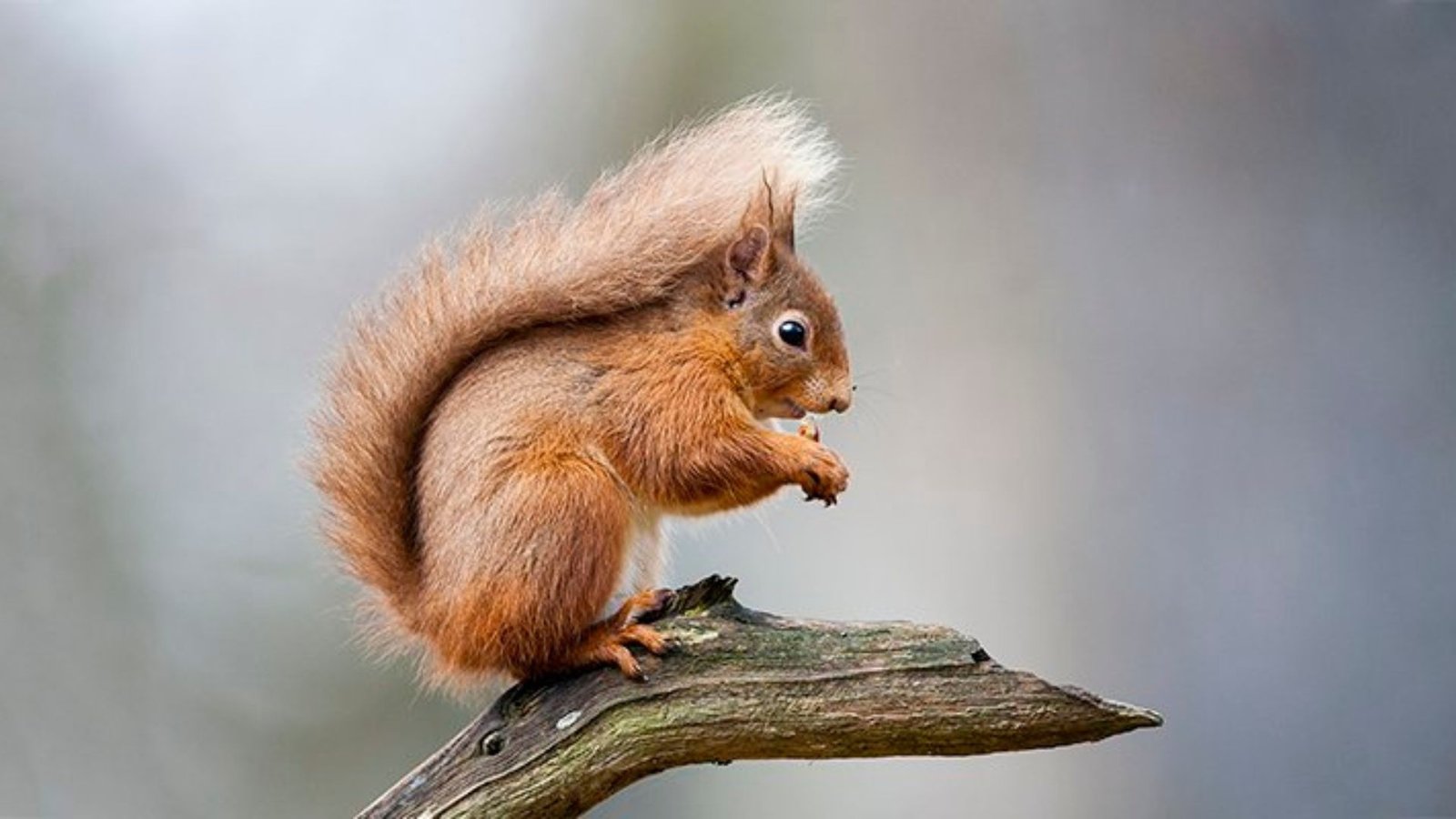Wildlife photography offers a unique opportunity to capture the beauty and behavior of animals in their natural environments. However, it comes with the responsibility to ensure that your actions do not harm the subjects you’re photographing. Ethical wildlife photography is about balancing the pursuit of stunning images with respect for the animals and their habitats. Here’s how to approach wildlife photography with an ethical mindset.

Understand Animal Behavior
1. Research Before You Shoot
Before heading out, take the time to learn about the animals you plan to photograph. Understanding their habits, territorial boundaries, breeding seasons, and stress signals will help you recognize when your presence might be causing discomfort. This knowledge allows you to anticipate their needs and adjust your behavior to minimize disturbance.
2. Observe from a Distance
Maintain a respectful distance from wildlife at all times. Use telephoto lenses to capture close-up images without intruding on the animals’ space. Remember, if the animal alters its behavior because of your presence, you’re too close. Back off slowly and give the animal room to feel safe.
Minimize Your Impact
1. Stay on Designated Paths
Many natural areas have designated paths and viewing areas. Stick to these paths to avoid trampling vegetation, disturbing animal habitats, or causing unnecessary stress to wildlife. Avoid creating new trails or approaching animals in sensitive areas like nests or dens.
2. Avoid Using Flash
Flash photography can startle animals, disrupt their natural behavior, and even cause harm in some cases. Whenever possible, rely on natural light or use camera settings that make the most of low-light conditions. If flash is necessary, use it sparingly and ensure it’s not directly in the animal’s eyes.
3. Keep Noise to a Minimum
Sudden loud noises can frighten animals and cause them to flee or behave unpredictably. Speak softly, move slowly, and avoid making any unnecessary noise that could disrupt the peace of the environment. Use silent mode on your camera to reduce shutter noise.
Practice Ethical Composition
1. Prioritize Animal Welfare Over the Shot
Always place the well-being of the animals above the desire to capture the perfect photo. If an animal appears stressed, agitated, or tries to flee, cease shooting and move away. No image is worth causing harm to wildlife.
2. Respect Feeding and Breeding Areas
Avoid photographing animals during feeding or breeding times when they are most vulnerable. Disturbing an animal during these critical periods can have serious consequences for their health and survival. Be especially cautious around young animals, as their mothers may perceive you as a threat.
Promote Conservation
1. Support Conservation Efforts
Consider contributing to wildlife conservation organizations or volunteering in projects that protect natural habitats. Share your images in ways that promote awareness and encourage others to support conservation efforts. Your photography can be a powerful tool for education and advocacy.
2. Respect Protected Areas and Regulations
Follow all rules and guidelines when photographing in protected areas like national parks or wildlife reserves. These regulations are in place to safeguard the environment and the species that live there. Adhere to guidelines regarding where you can go, how close you can get to animals, and what equipment you can use.
Leave No Trace
1. Pack Out What You Pack In
Ensure that you leave the environment exactly as you found it. Carry out all trash, including food wrappers, water bottles, and other waste. Leaving no trace helps maintain the natural beauty of the area and reduces the risk of harming wildlife.
2. Avoid Disturbing Natural Elements
Refrain from picking plants, moving rocks, or altering the environment in any way to get a better shot. These actions can disrupt ecosystems and harm the very wildlife you’re there to photograph. Work with what the environment naturally offers.
Conclusion
Ethical wildlife photography is about more than just capturing beautiful images; it’s about respecting and protecting the animals and environments we cherish. By researching animal behavior, minimizing your impact, practicing ethical composition, promoting conservation, and leaving no trace, you can enjoy the art of wildlife photography while ensuring that future generations will have the same opportunities to experience and appreciate the natural world.








